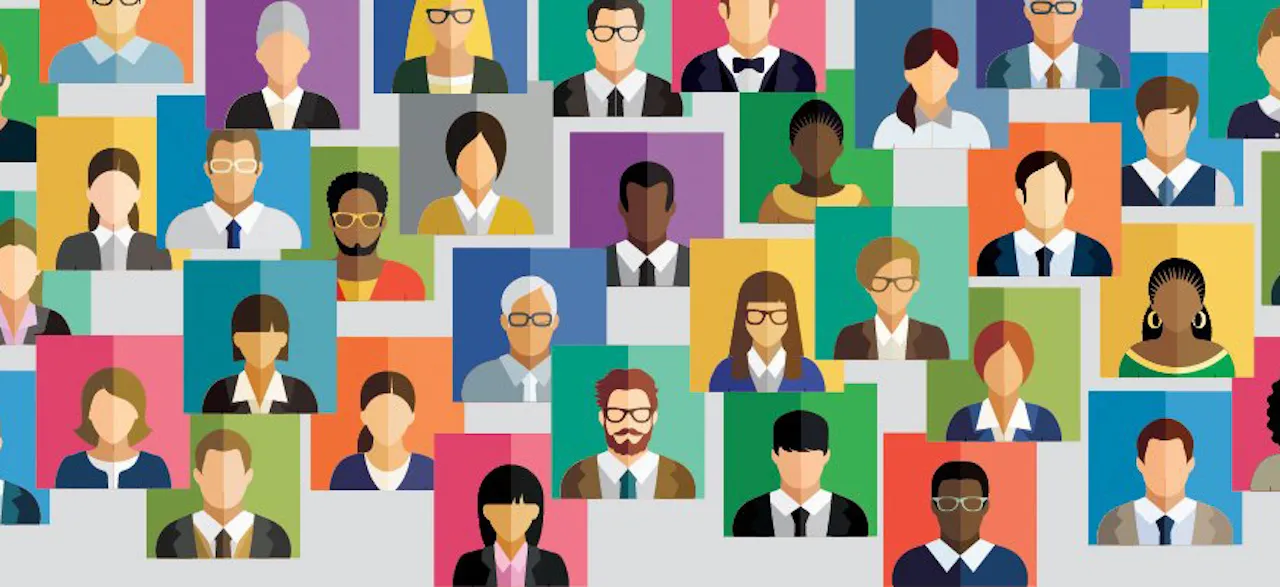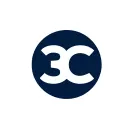
Microsoft Updates Teams for the Hybrid Workplace
Until the pandemic, Microsoft developed its Teams collaboration software without much thought toward at-home workers. The company wants to make up for that oversight with new features meant to democratise the digital meeting platform.
Companies with many office workers plan to allow employees to spend at least part of the workweek at home even after the pandemic threat fades with higher vaccination numbers. In addition, businesses facing worker shortages expect the flexibility to help retain and attract talent post-pandemic.
Microsoft zeroed in on video conferencing tools to keep businesses operating when travel and in-office work weren’t options during the epidemic. Now that customers are on the cusp of reopening offices, the company has reworked Teams to accommodate workers wherever they are.
“We’re designing Teams for the people who are not in the physical room,” Teams general manager Nicole Herskowitz said. “We’re rethinking a lot of the Teams experiences with the new reality — moving from remote work to hybrid work.”
Key Teams enhancements unveiled, centre around Microsoft expanding the use of its Fluid Framework as a non-video option for collaboration. The open source technology lets people share content snippets — check and task lists, notes, agendas and tables — across 365 applications Teams, Outlook, Whiteboard and OneNote.
What makes Fluid components unique is that people can collaborate on the content wherever it resides, and the changes show up immediately. At the same time, Microsoft places everything automatically under a new meeting tab in OneNote.
People can work on Fluid components within Microsoft’s digital whiteboard web app. They can access the app, called Microsoft Whiteboard, through Teams. Also, users can move Fluid components to emails and the calendar on Outlook for the web.
Equality for at-home workers
Microsoft has changed how Teams Rooms shows meeting participants to avoid focusing more on in-office workers. Rather than showing them in a group, Rooms has everyone in individual frames at the bottom of the screen, so remote employees are face to face with everyone.
The meeting content, such as schedule, tasks and notes, is on top of the video gallery. The chatroom is also visible for people to see and respond to comments.
When there is no meeting content, Rooms can disperse individual video frames in a layout that can span multiple displays, making the participants appear larger.
Microsoft will roll out the changes throughout the rest of the year. Meanwhile, its partners have updated conference room video hardware to take advantage of Rooms’ latest features. For example, Jabra, Logitech, Poly and Neat introduced AI-powered camera technology to support the new Teams video views.
EPOS and Yealink have released speakers that use Microsoft’s voice recognition technology to identify people and attach their names to relevant portions of a meeting transcript. In general, transcription has become a critical feature in video meetings to lessen the need for note taking and keep people who miss sessions up-to-date.
Microsoft has updated its Surface Hub, a conference room PC screen device, to support the new Teams Rooms. In the fall, Surface Hub will also support the latest Whiteboard enhancements.
Whiteboard enhancements
Starting this summer, Whiteboard users can draw and post content collectively on a Whiteboard canvas within Teams. To help the collaborators, Microsoft will provide templates to organize Whiteboard content.
Microsoft has added features to PowerPoint Live for meeting presenters that let people annotate slides or use a digital laser pointer during a presentation. Also, a translation tool is available for people who prefer to view the slides in a different language.
Finally, Microsoft has addressed growing business awareness that relieving employee stress can make people more productive. It has integrated into the Teams Viva Insights app guided meditation and mindfulness exercises from mental wellness company Headspace. The techniques are helpful to take a moment before and after work and before giving a presentation.
Also, in Viva this year, Microsoft will introduce Headspace-generated music to help people focus. In addition, the company will add a timer that lets people dedicate a block of time to working uninterrupted or taking a break.
Other upcoming Viva features include configuring Outlook and Teams to silence mobile notifications when people are off work. Microsoft touts the feature as helping people find a better balance between their work and personal lives.
